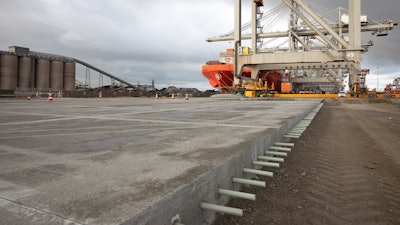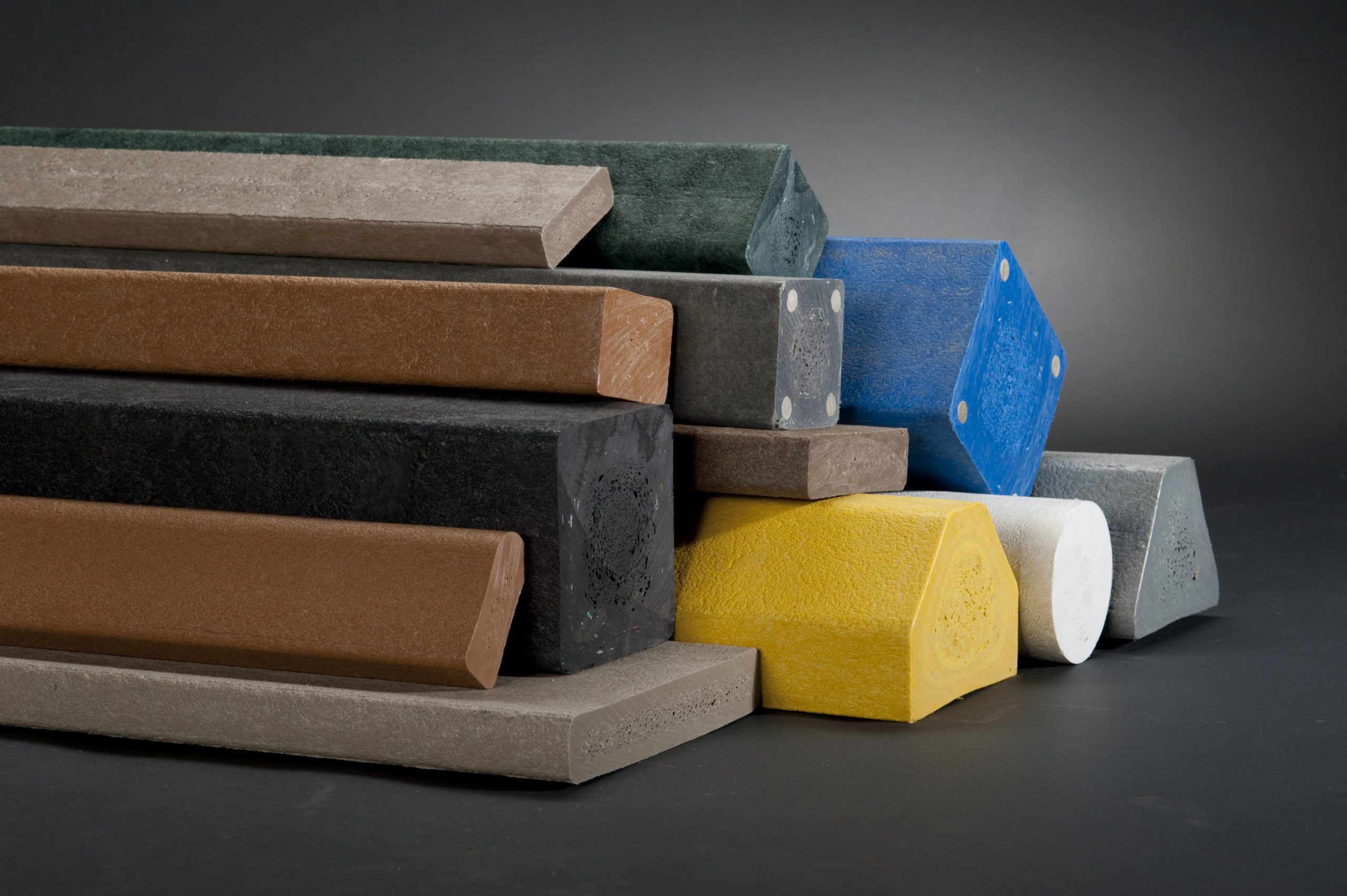Composites: Solid and Durable Building Materials
Composites: Solid and Durable Building Materials
Blog Article
Opening the Environmental Advantages of Recycled Composites in Building And Construction and Design
In the realm of building and layout, the utilization of recycled compounds holds substantial promise for improving sustainability techniques and decreasing ecological influence (composites). By incorporating these ingenious products, there is a potential to deal with crucial problems such as waste reduction, power conservation, and a reduction in carbon impact. The change in the direction of a much more lasting future in these markets depends upon opening the complete potential of recycled composites. This conversation will check out the complex benefits and obstacles linked with incorporating recycled compounds into construction and style, providing a peek right into the transformative possibilities that exist ahead.

Environmental Influence Reduction
The reduction of ecological impact via making use of recycled compounds in construction and design plays a vital duty in sustainable practices. By incorporating recycled composites right into building products, the construction industry can substantially reduce its carbon impact and contribute to a much more eco-friendly future. These sustainable materials, made from repurposed plastics, wood fibers, or other recycled components, supply a sensible option to standard construction materials without compromising on top quality or durability.
Recycled compounds assist divert waste from landfills and lower the requirement for drawing out resources, thus preserving all-natural resources. Additionally, the manufacturing process of these compounds often eats less power and produces less greenhouse gases compared to creating virgin materials (composites). This change towards making use of recycled composites not only reduces ecological injury however additionally promotes a round economy by motivating the reuse of products that would or else be discarded
Waste Minimization
With a concentrate on lessening waste in construction and style, the integration of recycled composites supplies a sustainable service to lower environmental influence. Waste reduction is an important aspect of sustainable practices, and making use of recycled composites offers an opportunity to accomplish this objective successfully. By making use of materials that have actually already offered their first objective, such as recycled plastics or recovered wood fibers, the building and layout sectors can considerably minimize the quantity of waste generated and sent to land fills.
Recycled composites have the prospective to draw away significant amounts of waste from standard disposal approaches, contributing to a more circular economic situation where sources are utilized efficiently. Furthermore, the manufacturing procedure of recycled compounds frequently takes in much less power and generates less exhausts compared to virgin materials, additionally minimizing the environmental footprint of building and design tasks.
Executing waste minimization methods via the incorporation of recycled compounds not only aids in conserving all-natural sources but also advertises a much more lasting strategy to building and developing for a greener future.
Energy Conservation
Incorporating recycled composites not only minimizes waste in construction and style but also plays a critical duty in enhancing power conservation techniques within the industry. Making use of recycled compounds in construction can dramatically add to power preservation through numerous methods. The manufacturing of virgin materials typically needs substantial power inputs, whereas making use of recycled composites consumes much less energy, therefore decreasing total power intake. In addition, integrating recycled composites can add to much better insulation buildings in buildings, minimizing the need for extreme home heating or cooling, and as a result decreasing energy usage for environment control. Furthermore, the lightweight nature of lots of recycled compounds can result in lighter frameworks, calling for much less energy for transportation and installment. By promoting the usage of recycled composites in building and construction and style, the industry can make considerable strides in the direction of accomplishing power performance and lowering its carbon footprint, eventually adding to a more sustainable constructed environment.
Carbon Impact Decrease
Enhancing sustainability techniques via the use of recycled compounds in construction and design considerably minimizes the carbon impact of the sector. By including recycled materials right into the manufacturing of composites, the need for virgin resources decreases, causing lower energy usage and greenhouse gas emissions connected with standard manufacturing processes. This reduction in carbon footprint is crucial in combating climate change and promoting a much more eco-friendly method to construction and layout.
The carbon footprint decrease achieved with the adoption of read the full info here recycled composites aligns with the worldwide press towards sustainable methods and the decrease of industrial exhausts. Ultimately, by focusing on the assimilation of recycled composites, the market can make substantial strides in lowering its carbon footprint and adding to an extra lasting future.
Sustainable Future
The combination of recycled compounds in building and style not just addresses instant environmental problems yet also lays a strong structure for a lasting future in the sector. By including recycled composites right into building products and products, the construction and layout markets can dramatically decrease their dependence on virgin resources, leading to a much more circular economy. This change towards sustainability is critical for reducing the ecological effect of conventional building and construction practices, which usually lead to high degrees of waste generation and resource exhaustion.

Conclusion
To conclude, recycled composites supply considerable ecological benefits in construction and design by minimizing environmental effect, minimizing waste, preserving power, lowering carbon impact, and promoting a sustainable future. Welcoming the usage of recycled compounds can add to a more environmentally-friendly approach to structure and style, eventually resulting see here in a more lasting and greener future for all.
The reduction of environmental influence via the usage of recycled composites in building and style plays a critical duty in lasting methods.With a focus on decreasing waste in building and construction and layout, the assimilation of recycled compounds uses a lasting option to decrease environmental influence. By advertising the usage of recycled compounds in building and design, the industry can make substantial strides in the direction of achieving energy performance and lowering its carbon impact, inevitably contributing to a more sustainable built setting.

Report this page